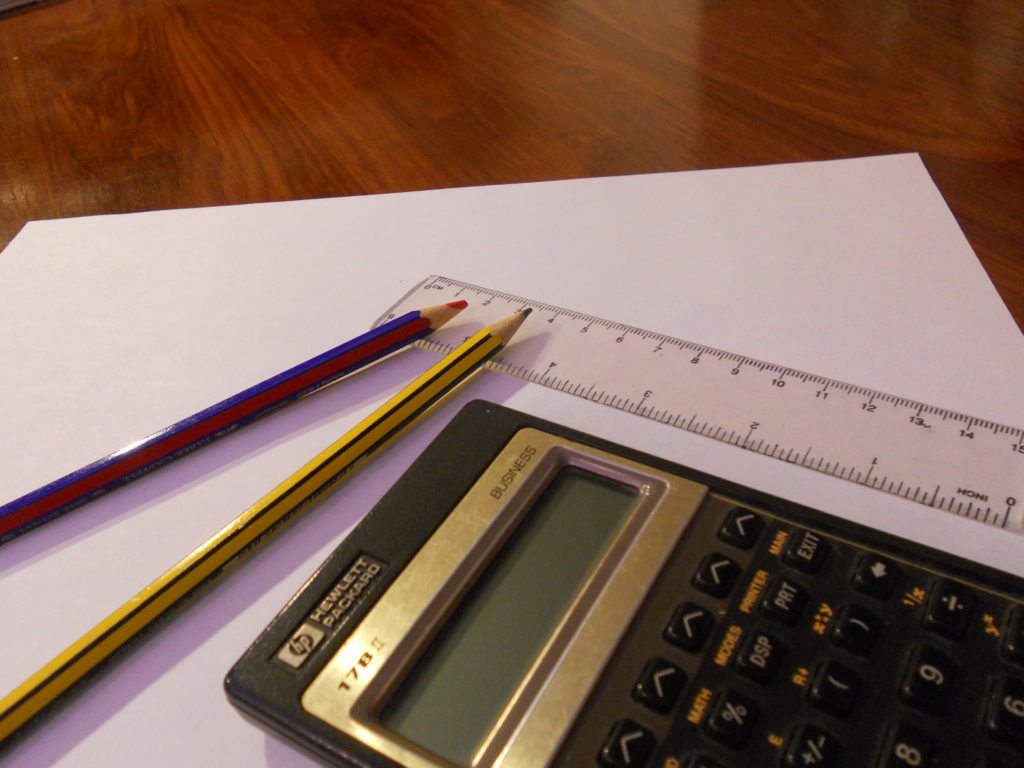Many students struggle with Math, and it’s no different for the SAT. Depending on when you take the test, you may not have gone over all the concepts covered in school, or it may have been a while since you have last seen them. The New SAT has also been redesigned, adding extra confusion into the mix. Whatever the case, you need to make sure that you at least understand the fundamentals of what is covered and how you can make the best use of your time. Here are some tips to help:
Math (No Calculator)
- You have 25 minutes for 20 questions in this section, about 1 minute 15 seconds per question.
- Most formulas you will need are provided at the beginning of each Math section.
- The New SAT’s Math section has a much greater emphasis on Algebra and world problems.
- Make sure you understand how equations and functions work very well.
- Review how to solve for another variable in each equation.
- If you don’t know how to approach the problem, try substituting the answers into the problem (start with the middle answer choices).
- If you don’t understand the math (especially in problems where the answer choices still have variables), try plugging in numbers that make sense for the problem. Choose numbers that you can calculate easily (Usually 1,2,3 and 10 work well).
- Pay close attention to units of measurement. If any unit of measurement is mentioned, make sure everything else in the problem is in that unit of measurement; you may need to convert.
- Grid-in section: make sure to bubble in all spaces if your answer has a decimal. The most accurate answer is the correct one.
- Grid-in section: If the question as more than one correct answer, only input one of them.
- Grid-in section: The grid does not have a minus sign, so an answer cannot be negative.
- Grid-in section: Convert any mixed numbers into an improper fraction or decimal before entering it on the grid.
Math (Calculator)
- You have 55 minutes for 38 questions in this section, about 1 minute 26 seconds per question.
- You will see more word problems in this section. When solving word problems, read one sentence at a time and write any numbers or relationship clues off to the side after each sentence. This will help you keep everything organized and see a clearer picture of the relationships between each element of the problem.
- If you don’t know how to approach the problem, try substituting the answers into the problem (start with the middle answer choices).
- If you don’t understand the math (especially in problems where the answer choices still have variables), try plugging in numbers that make sense for the problem. Choose numbers that you can calculate easily (Usually 1,2,3 and 10 work well).
- Know when not to use your calculator. Don’t use your calculator for simple operations like one or two-digit addition. Doing so only takes more time to put it into the calculator, and it will make each of the more difficult problems take longer.
- Understand how to read/interpret the following: tables/charts, bar graphs, line graphs, scatter plots, pie charts
- Grid-in section: make sure to bubble in all spaces if your answer has a decimal. The most accurate answer is the correct one.
- Grid-in section: If the question as more than one correct answer, only input one of them.
- Grid-in section: The grid does not have a minus sign, so an answer cannot be negative.
- Grid-in section: Convert any mixed numbers into an improper fraction or decimal before entering it on the grid.
- Get familiar with what words match which mathematical operation for word problems.
| Add | Subtract | Multiply | Divide | Equals |
| Add | Difference | Each | Share Equally | Is |
| Altogether | Fewer | Same | Each | Was |
| And | Gave Away | Twice | Quotient | Were |
| Both | Take Away | Product | Every | Have |
| In All | How many more? | In All | Cut | Has |
| Sum | How much longer/shorter/smaller/left? | Double/Triple/Quadruple | Equal pieces | Equals |
| Total | Less | Of | Average | Equal to |
| Increase | Decrease | Per | Out of | Equivalent |
| Plus | Remain | Times | Ratio | The same as |
| More | Bigger | As much | Fraction | |
| Combined | Remainder | By | Split | |
| Joined | Remain | Area | Half | |
| Extra | Lost | Volume | ||
| Fell | ||||
| More Than | ||||
| Further |
Looking for more help? Check out our SAT worksheets.
View our resources
Strive Resources | TpT | Made By Teachers | Classful | Etsy

